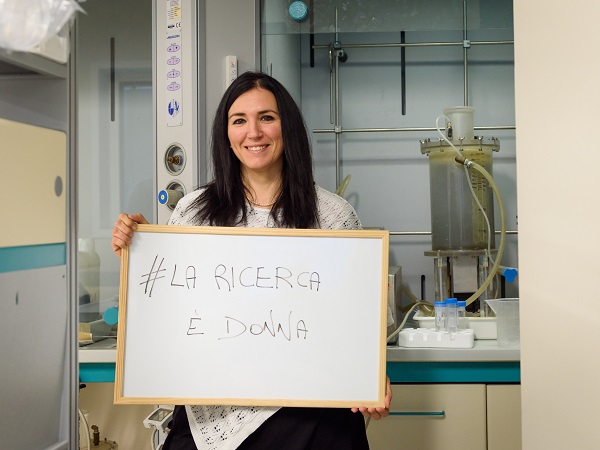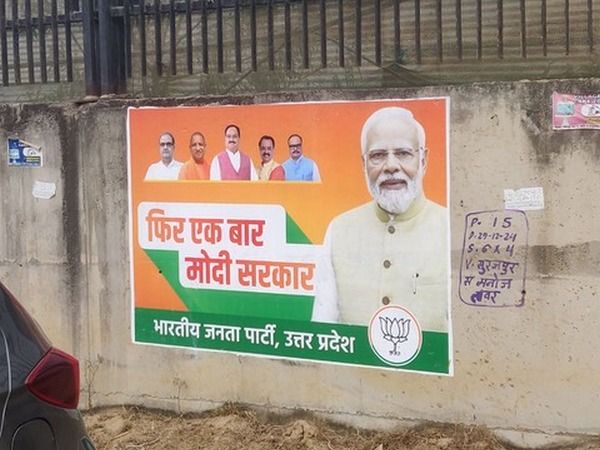Moved by her ambition of applying lab results on industrial scale and a love for the environment, Cristina Cavinato began her career with a degree in Industrial Biotechnologies and ended up as a researcher at the Ca’ Foscari lab in Treviso, in a plant for wastewater and organic waste treatment. “I first arrived in Treviso for my thesis, working to optimize the process of biogas production from domestic organic waste. From there, I went on with a Master’s degree and a PhD”. This path led her to a type of scientific and technologic research which is closely interwoven with our everyday life: turning waste into a new resource.
What is going on in Treviso?
“The technology behind anaerobic digestion has definitely caught on in the farming industry, but the plant in Treviso was one of the first to demonstrate, from the second half of the 1980’s, that working full-scale on waste treatment was possible. The great advantage of doing this kind of research in a water purification and waste management plant, is that we have access to organic substrates to experiment with. The collaboration with the city administration, the plant managers and the waste disposal company has allowed us to grow and improve the integrated treatment of waste and wastewater.
Did this set any precedents on an international level?
Professor Franco Cecchi, a pioneer in this field, likes to remind everyone that the first international conference on anaerobic digestion took place right in Venice, making it a landmark on the matter. It was the beginning of a research path on how to generate energy from solid waste, an activity that is nowadays extremely common all over the world. Scientists and companies are interested in extracting everything they can from garbage”
Aside from energy, new materials can also be produced from our everyday waste...
“Bioplastics, for example. With the Res Urbis European project, we are optimizing a biological process that will be able to select specific microorganisms that can accumulate Polyhydroxyalkanoates - a type of polyester polymers – opening up a whole new array of applications. The only limit would be the application in the food industry, just because the idea of a packaging coming from waste processing might raise some eyebrows.
What is your personal challenge at the moment?
“I’m studying the application of microalgae in anaerobic digestion for the treatment of liquid effluent. These liquids are very high in nitrogen and I’m using them to cultivate microalgae, which are removing nutrients while they accumulate other materials – for example lipids, precursors for a third-generation biodiesel. The process will produce its own waste, which will we try to re-employ in the anaerobic digestion, thus closing the circle. This work is part of a Univesrsity project."
What other important elements can be obtained from our waste?
“We discovered it was possible to retrieve hydrogen from anaerobic digestion and that it can be used to improve the performance of methane engines. We are patenting a control system that we invented to stabilize the digestion, by regulating the pH through the recycling of the digestion product, a method that could be used even in bigger plants."
One could say you’re the nutritionists to a giant stomach!
“Exactly. Once waste digestion becomes nationally widespread, this professional role will become even more important and, as a result, the production of digestate (i.e. the material remaining after anaerobic digestion) will increase. Digestate is still seen as a type of waste in itself and guidelines on how to exploit it are still lacking. Our goal is to give meaning to waste, by using it to extract energy and materials with high-added value. In collaboration with the University ecotoxicology research team, I will also try to evaluate the environmental impact of digestate, taking into consideration its effects on plants as well as the CO2 storage."
Citizens’ behavior has a crucial role in the application of your findings
"Most people have already cultivated a recycling mindset, especially in those areas where waste sorting has been active for almost 20 years. It’s hard to make them accept the door-to-door waste collection, but this is the way that yields the best results in terms of quality. We need to raise awareness on the topic and citizens need to discover and understand the initiatives on their territory."
What has been your experience regarding gender inequality in your research field?
“I am a biotechnologist who entered the field of engineers and industrial chemists. At first it made me feel sort of outnumbered, but I never gave up and, with time, I achieved results and great deal of satisfaction”
Are you noticing any changes occurring in the scientific area?
“I see that in notoriously male dominated fields, like the engineering one is, things are changing. And even in our industry, where we deal with wastewater, activated sludge and organic waste treatment, we are starting to see more female PhD students and researchers. Body strength is important when working in a pilot plant, but this element does not exclude women. Furthermore, there’s a high demand of qualified figures in this sector. Opportunities are plenty.”











